Our time at Mulu Village was wonderful, even though it had a rough start. It was our second workaway and in preparation I had wrongly assumed, food would be provided for us. Upon asking, whether us being vegetarian was going to be a problem, I was told, that food was not included and we needed to bring it via plane as there is almost no restaurants and only one tiny supermarket here. Naturally, we panicked. This was less than 24hrs before our flight. But we managed and bought some rice, flour, oats, dried beans and mushrooms. We even took some fresh veggies and eggs, and of course chocolate for the nerves. This was going to be an interesting time.
But I am getting ahead of myself. So, let’s start at the beginning:
Where or what is this Mulu?
Mulu is a national park in Sarawak, Malaysia, which is located on Borneo, right next to Brunei. And it is very secluded, as in, you can fly there, or you can track through the jungle for 2-3 days, or take the boat for 8hrs (that is, if the river isn’t blocked by fallen trees at some point). There are a handful of hotels and homestays next to the national park, apart from that, it’s mainly wilderness. A small community of natives has its own school, hospital and even a church, as Christian missionaries saved them from alcoholism and invested in the community by building longhouses and providing education. Food is an ever-present concern here as the area is frequently flooded and the high competition with the jungle makes it hard to grow anything. So, the locals mostly fly to the nearby Miri to do their shopping, leading to phenomena like one of the 4 restaurants being closed for the entirety of our stay because the owner went shopping. The internet is patchy, but for us it worked surprisingly well, because we had the right provider (Maxis), who has a tower near to our accommodation. Others had to go to the rather posh Marriot hotel, which has wifi and a pool. You could also eat there, that is, if you are willing to pay European prices. The other possibilities to get food were a small supermarket, which mainly held noodles and canned goods, the restaurant run by the supermarket and one restaurant at the entry of the national park. You see, the situation was rough, but not as dire as we feared when we arrived.
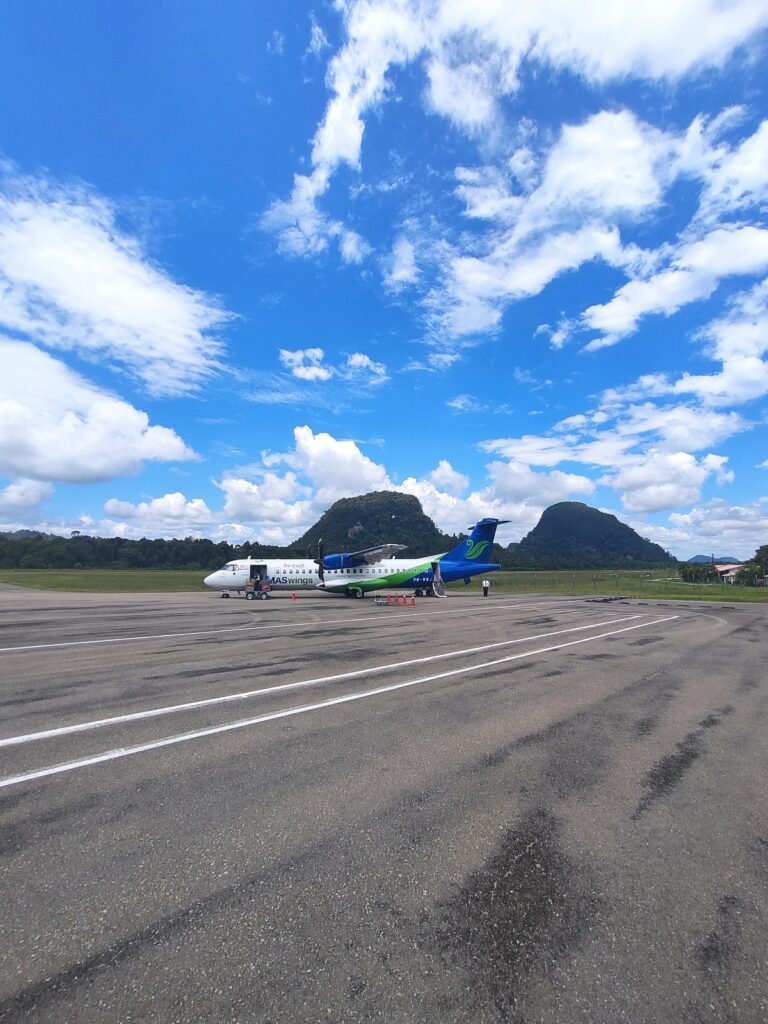




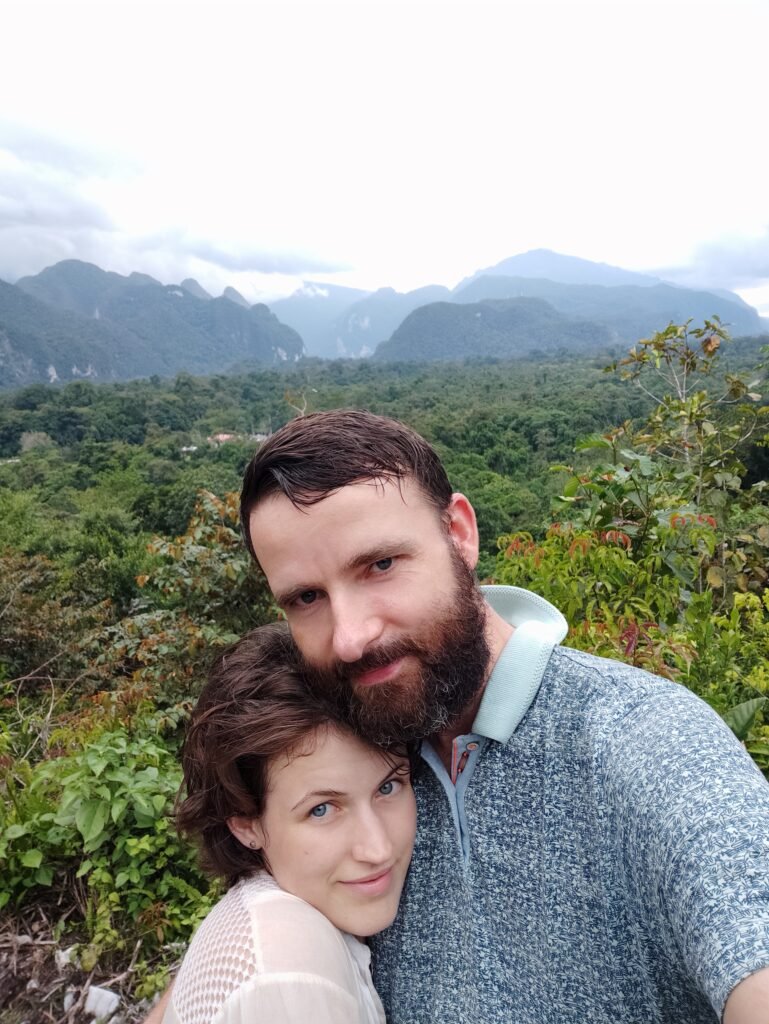
The national park
The efforts to explore the area and establish a national park were led by the explorer Robin Hanbury-Tenison in the 1970ies. They discovered a wide network of caves, including the biggest cave in the world by length: Clearwater Cave. Even though locals frequently visited the caves for various reasons, he also found an untouched piece of nature, the so-called Garden of Eden, which grows in a collapsed part of Deer Cave. Mulu is famous for its biodiversity and the millions of bats living in Deer Cave. Their poop is the driver of a unique ecosystem and when they fly out to eat, they eliminate 15 tons of insects in one night – which is the reason why the mosquito level there is tolerable. However, they only fly out, when it isn’t raining, so if you want to see them, make sure to have multiple evenings free to try!
Apart from the widely public-accessible part, the national park includes a huge area of primary rainforest, which you can explore in guided multiple day hikes. For the adventurous it is also possible to do some caving there, crawling through the narrow and dark passageway connecting Wind Cave to Clearwater Cave. We did neither, the first because we were working and couldn’t just leave for multiple days, the second because I don’t see a point in crawling through a dark and narrow space voluntarily. Just saying…
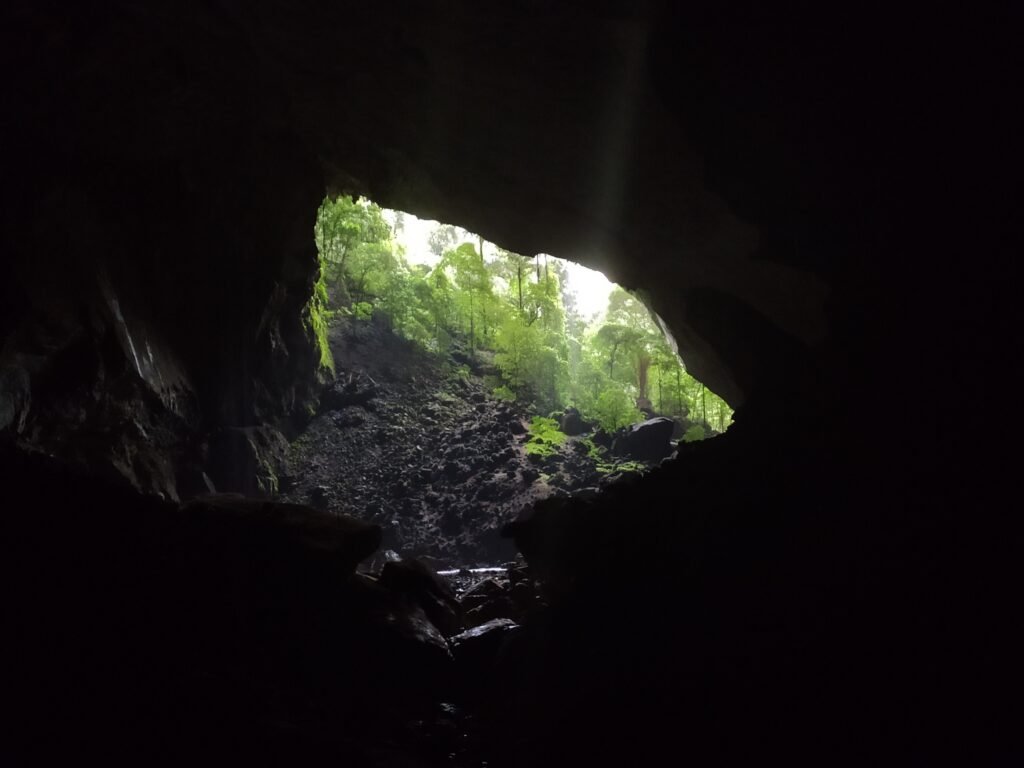


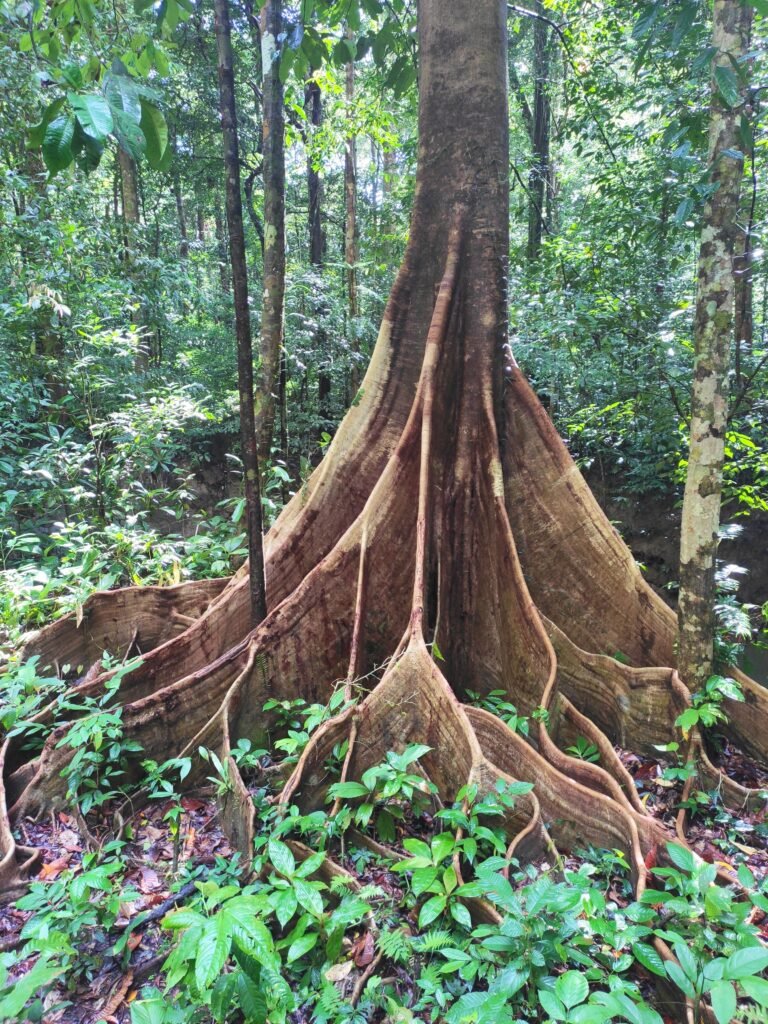
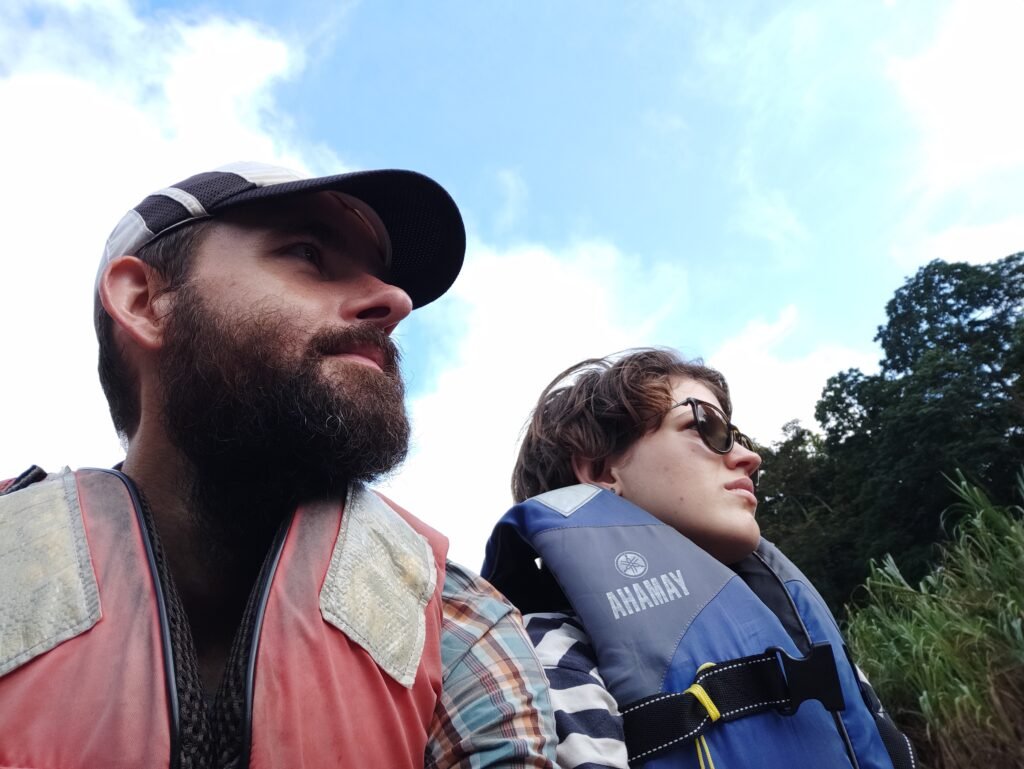


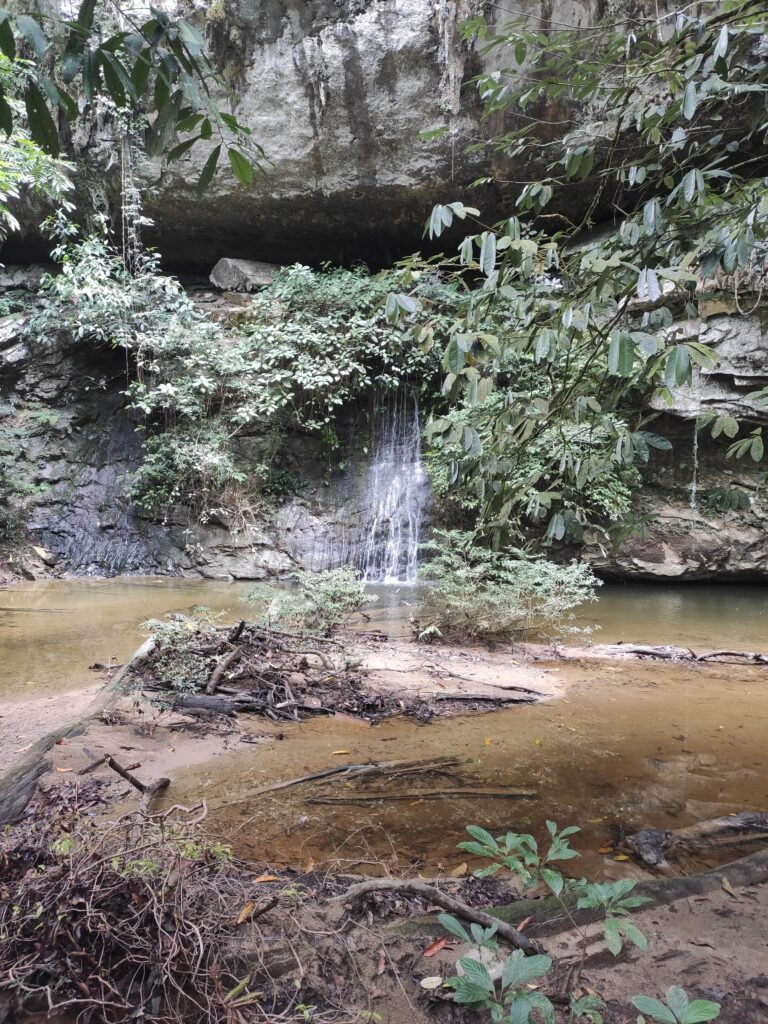
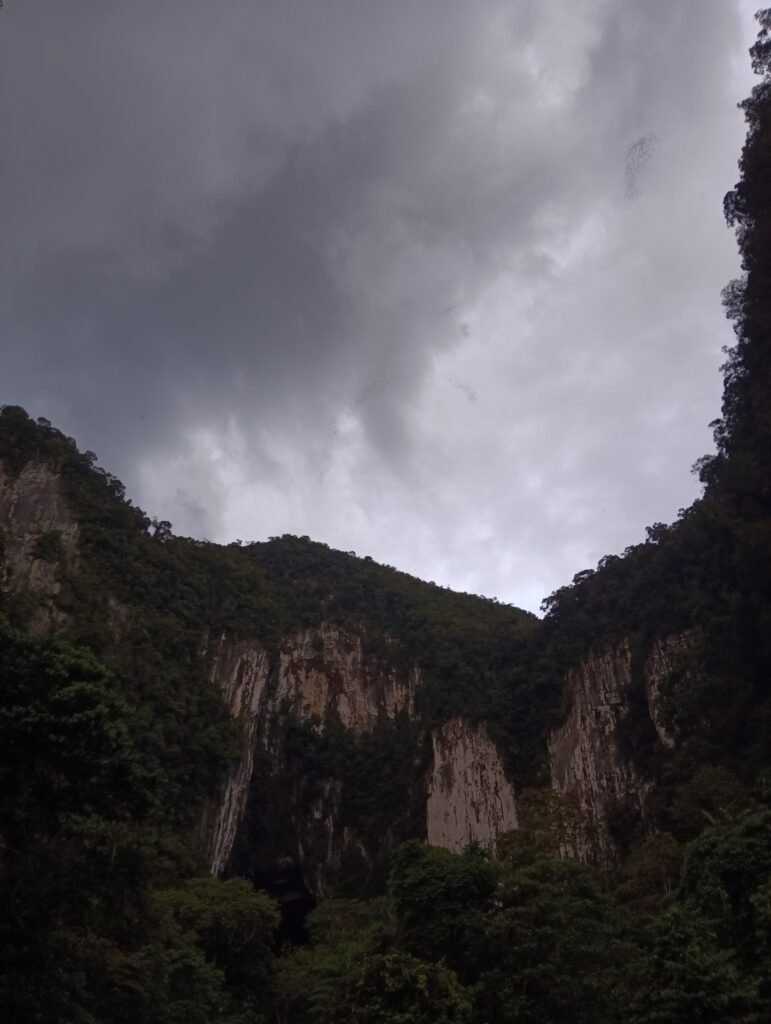
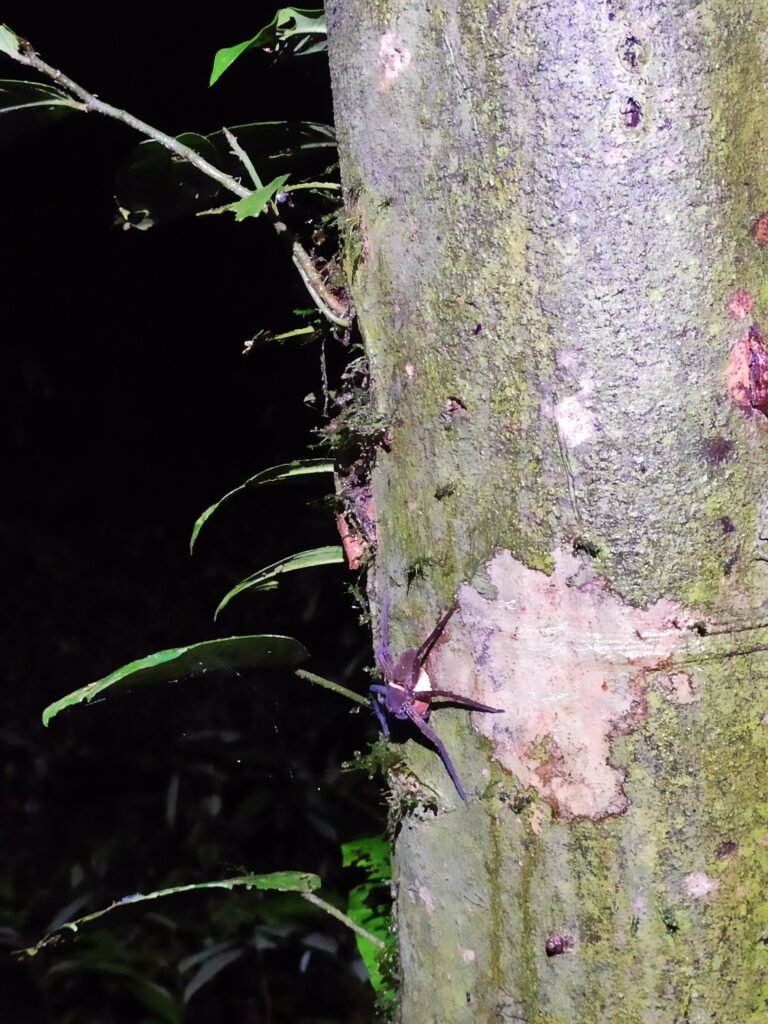
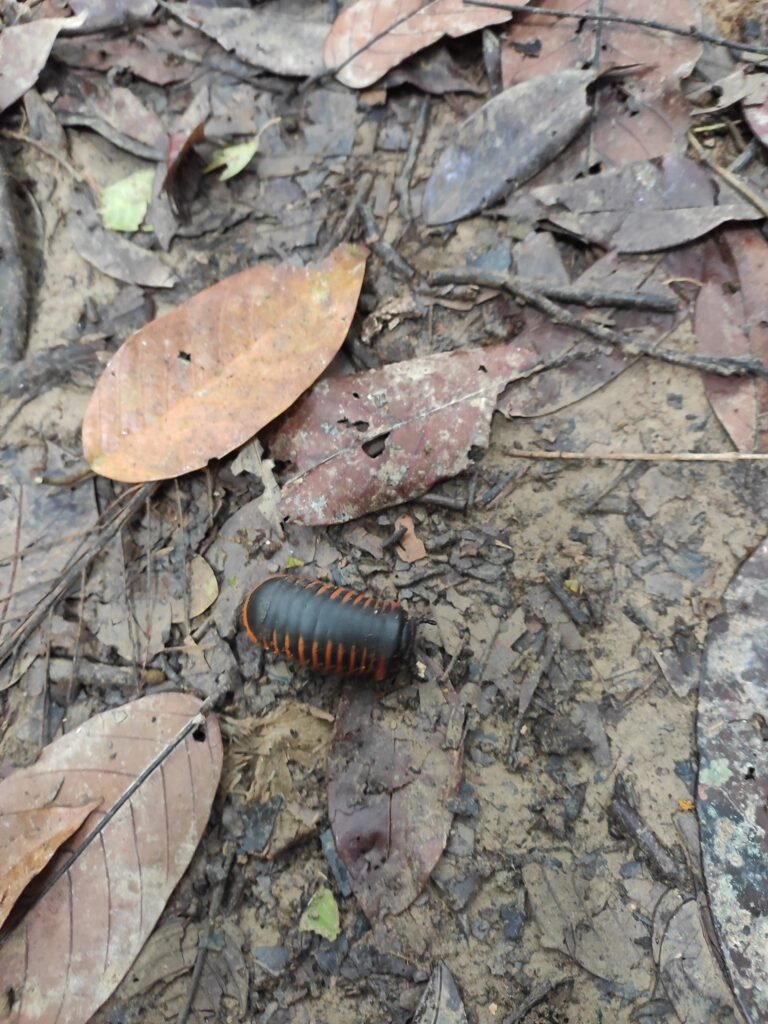
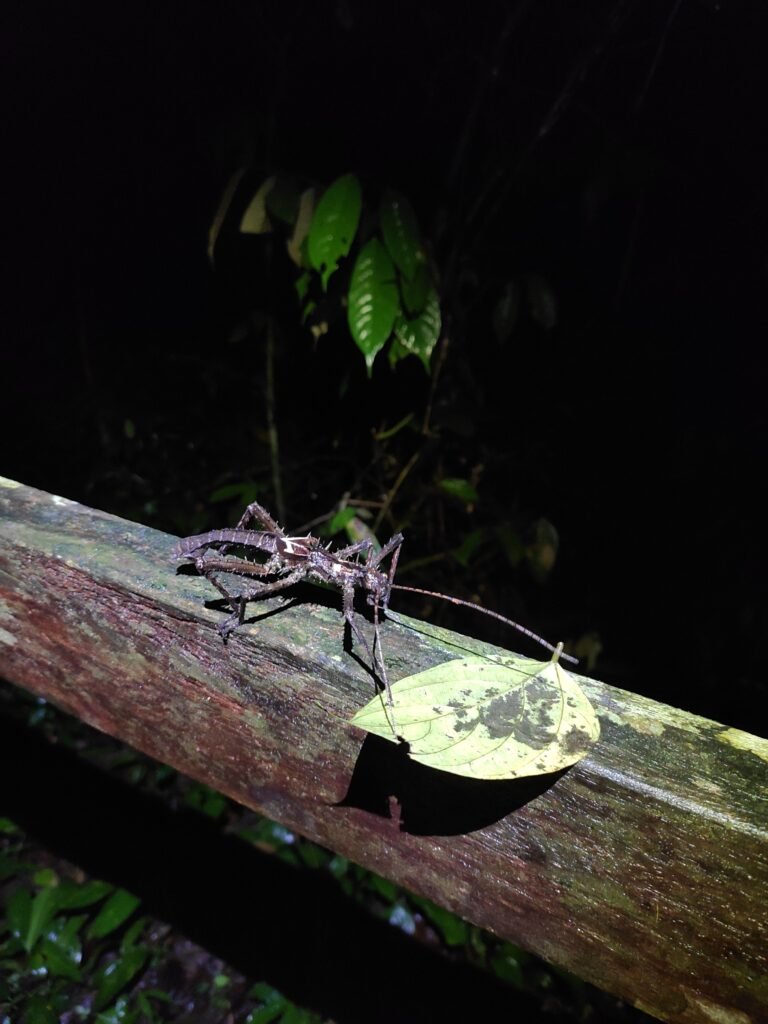


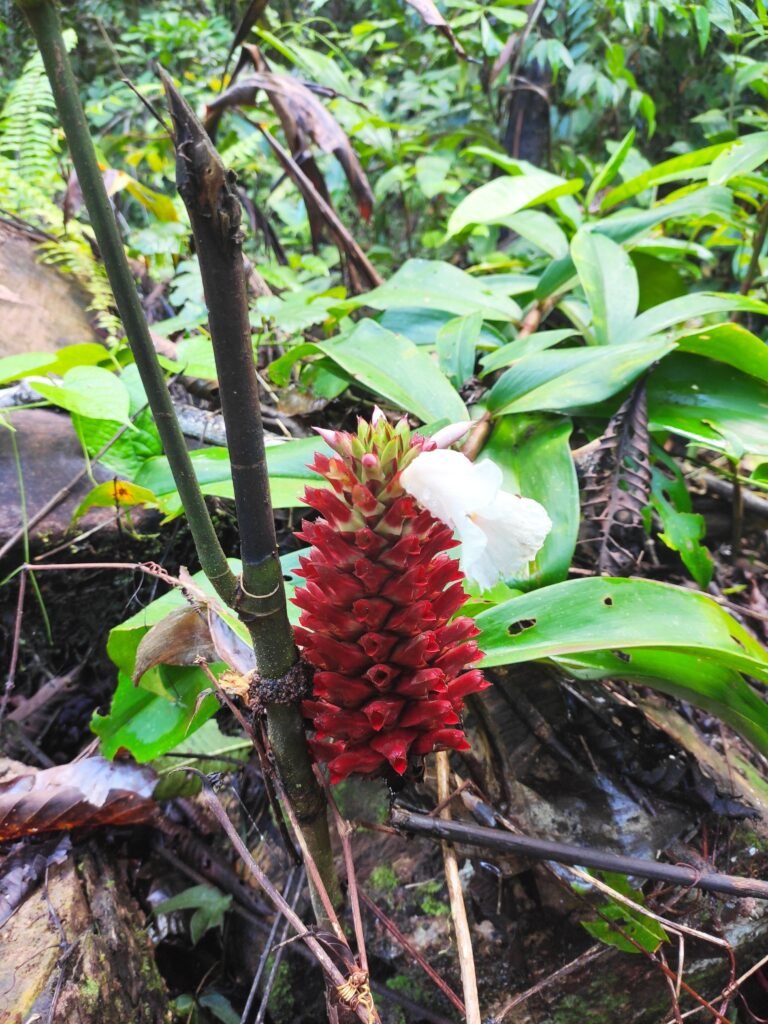
Our Workaway
As mentioned earlier, we stayed at Mulu Village, which is owned by Brenda and James. While Brenda moved there from Singapore, James’s ancestors were tribal leaders in the area. Their hotel is a traditional longhouse with multiple rooms, a kitchen and a washing place. They had some rough times with Covid and the area suffers heavenly from floods. There are “small” ones multiple times a year (small here being the water stays under the elevated house), but 2021 there was a big one reaching to the top of the roof. This left the place pretty damaged, so while they are fully operable, we were helping out with some renovations, mainly replacing broken pieces of the plasterboard walls.
The other thing that suffered from the flood was Brendas garden. Most trees died due to the excessive amounts of water, so we also helped replanting and clearing the area around the plants for pest control and so she can try a new way of composting in plastic bottles open at the bottom, which are put in the soil directly next to the plants. Then we cleared the area behind the house, so only the biggest trees remained to provide some shade. In this now open space, they plan to create a recreational area for their guests, including some blowpipe targets and a hammock. Blowpipes are the traditional weapon used for hunting by the locals. In contrast to different areas of the world, they did not use animals to make the poison for their arrows, but the juice of a tree called Antiaris toxicaria.
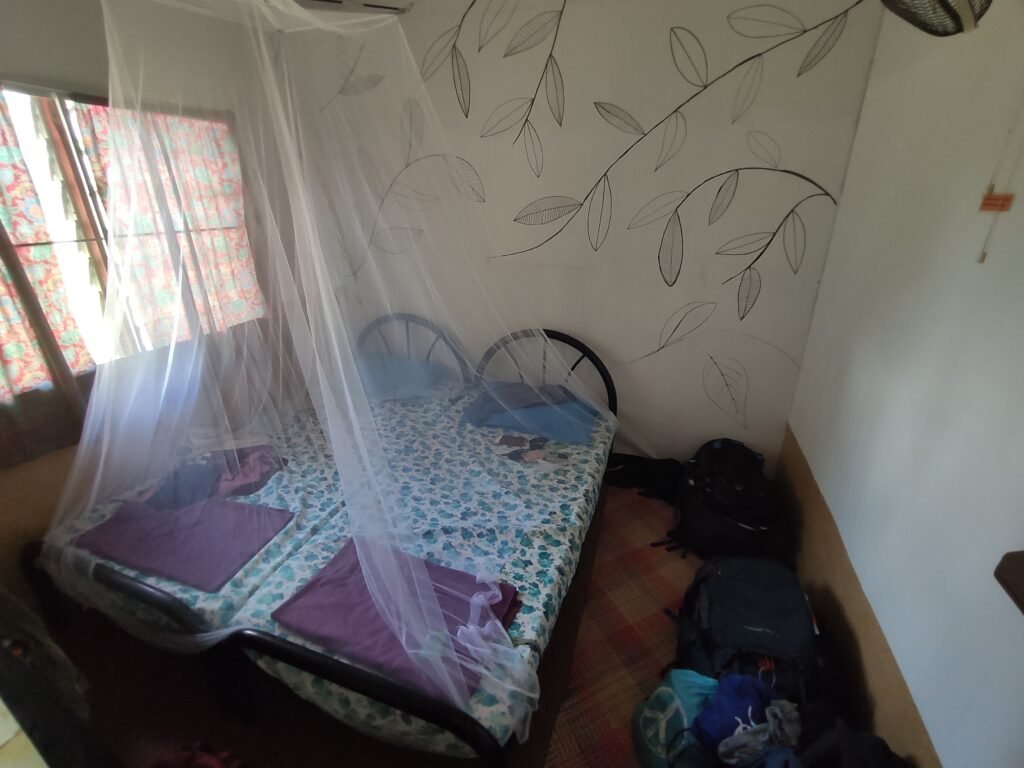
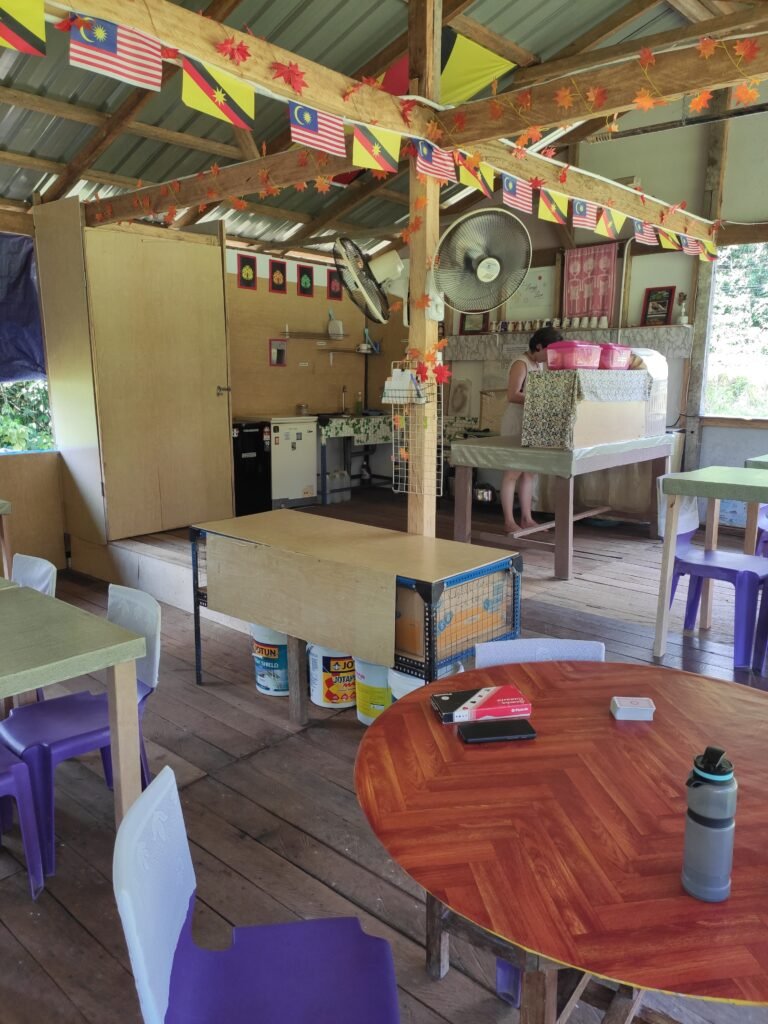
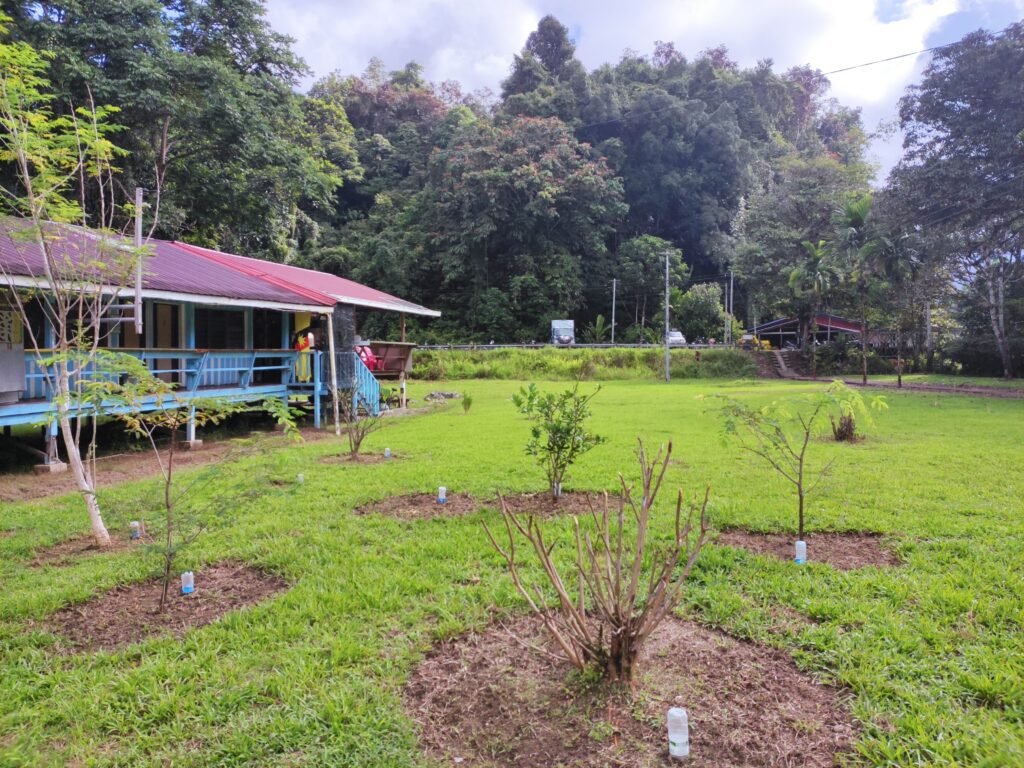
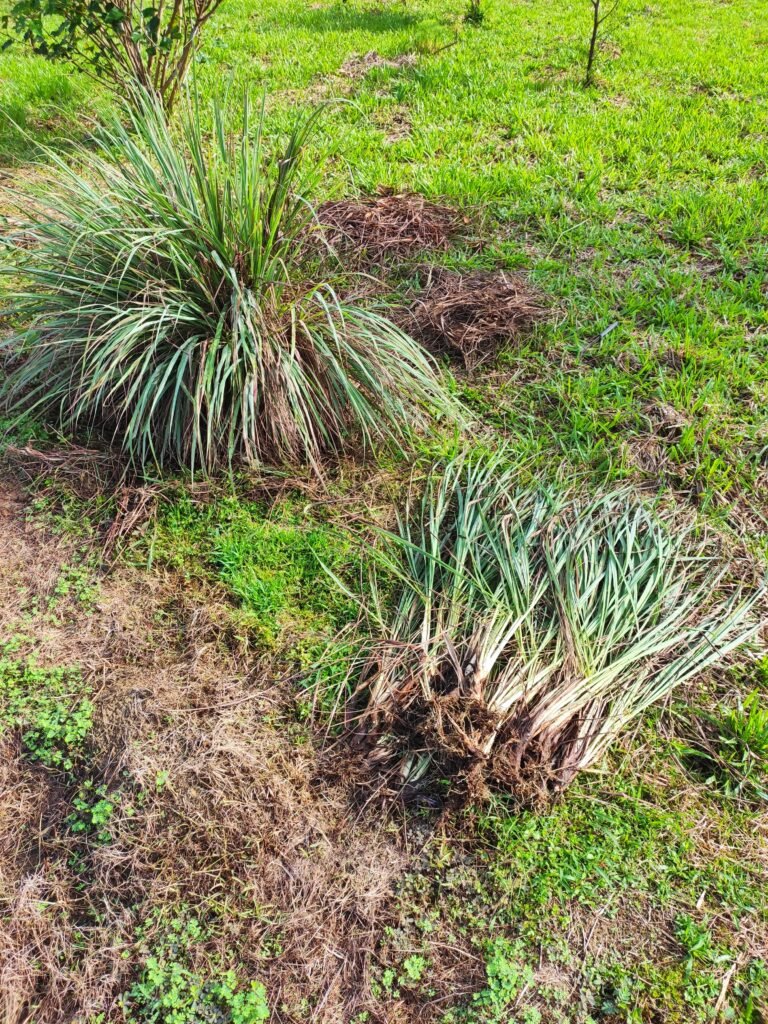
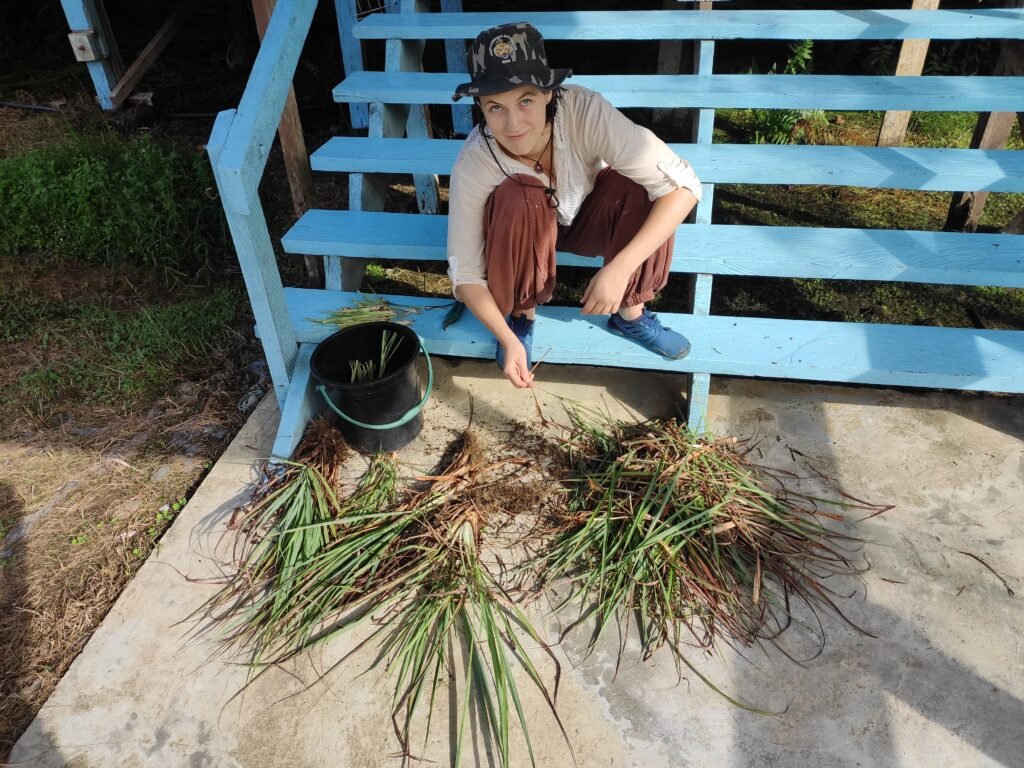
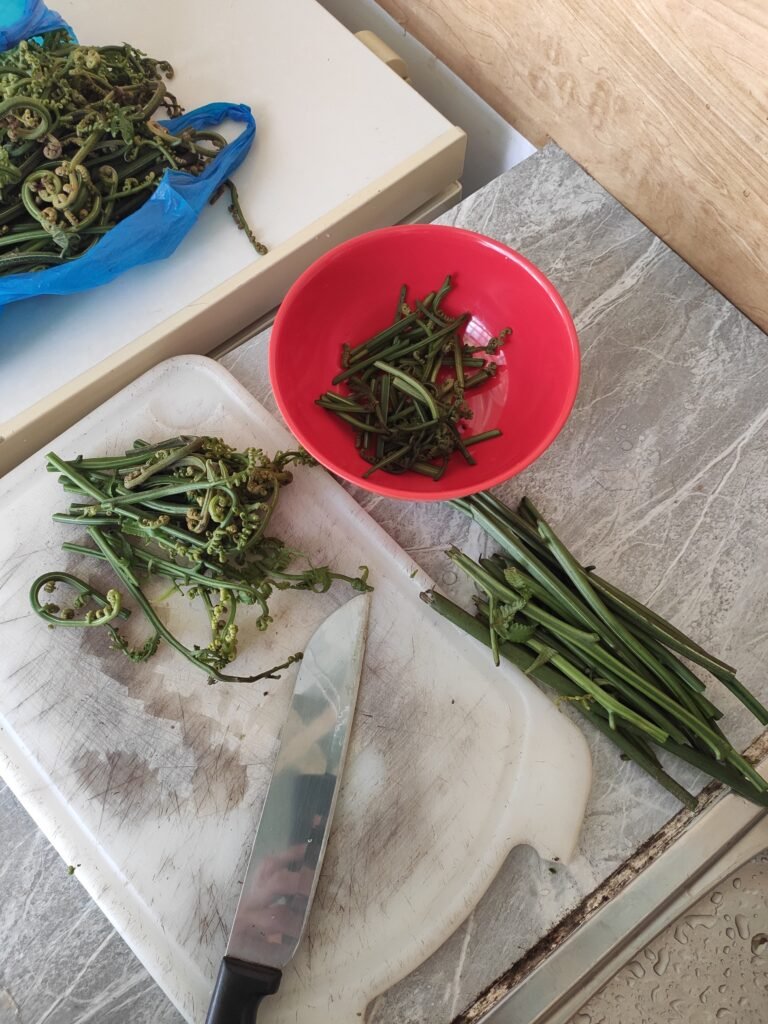

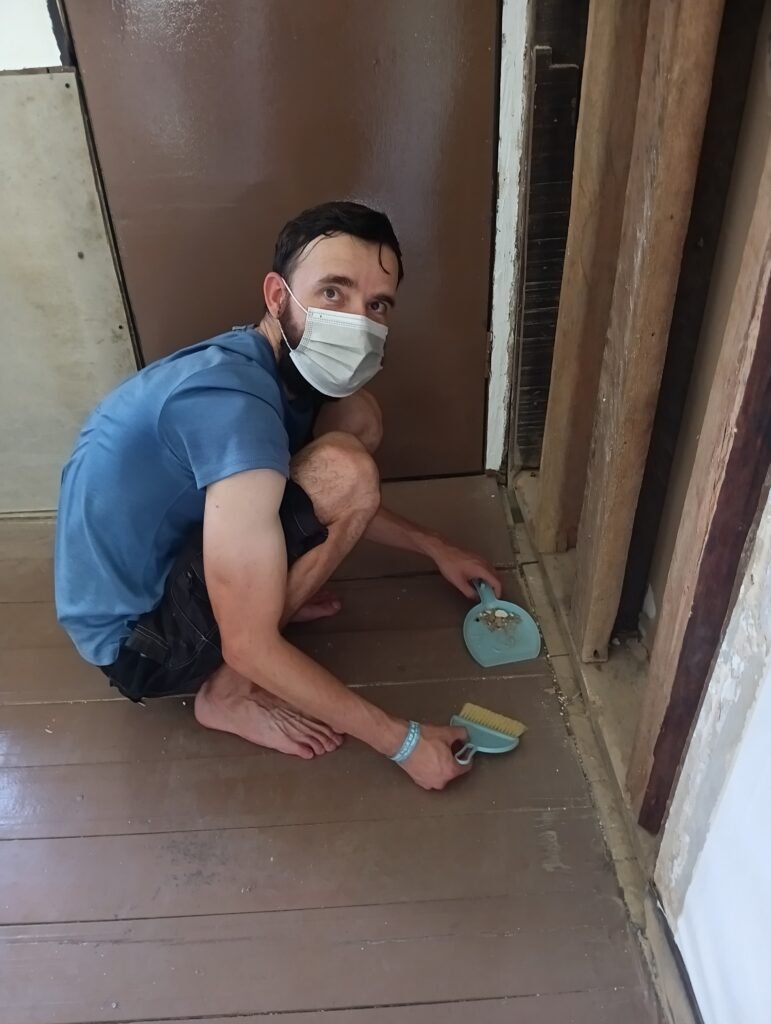




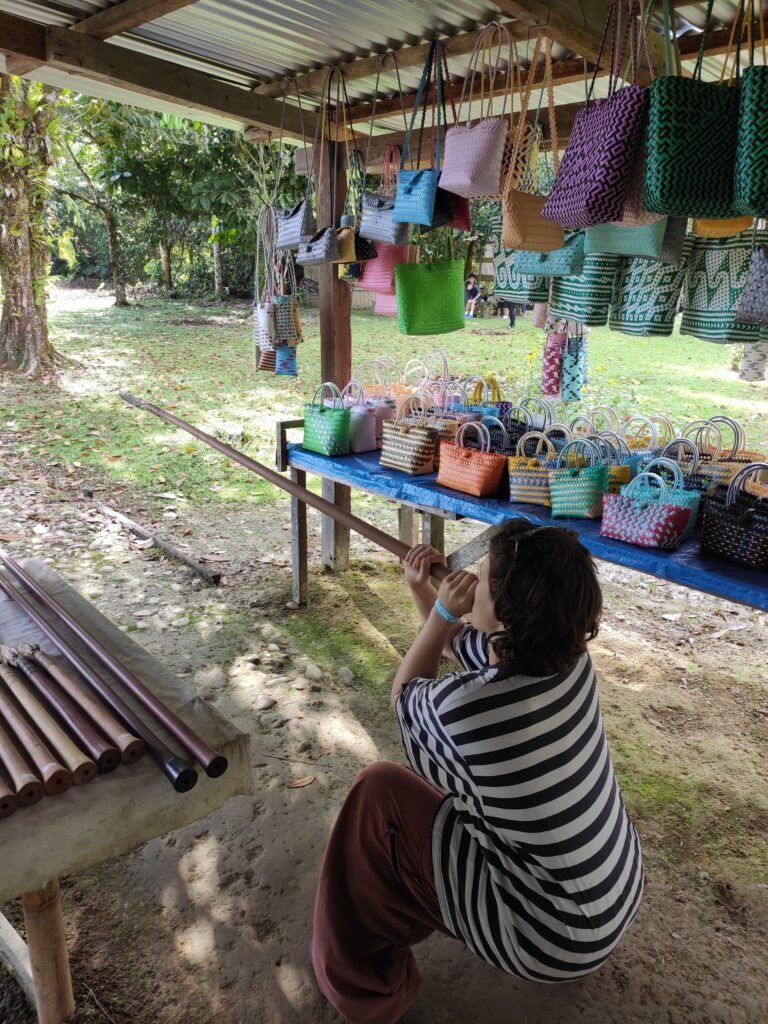
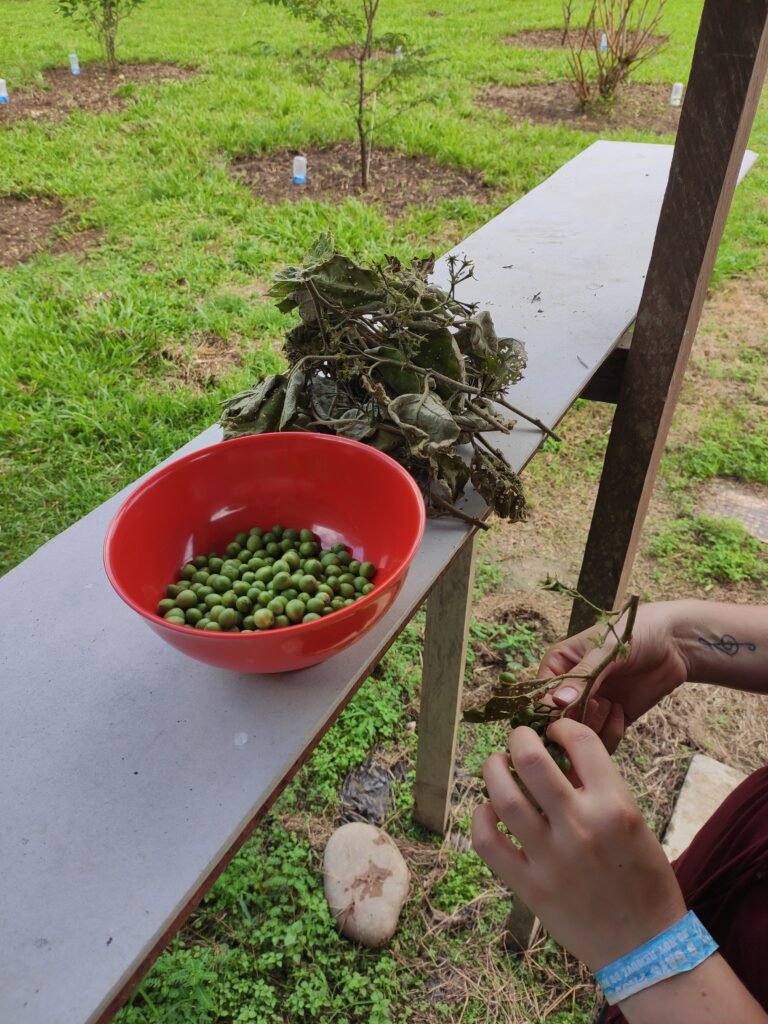

Overall, we had a great time in Mulu, exploring the rainforest and the surrounding area. Have I mentioned that there are a ton of fireflies visible next to the road in the evenings? And that there is a hot spring? The latter is very basic though, simply a separated area of the river with incredibly hot, sulphury water. You can sit on a piece of wood there and put your feet in, but the ground gives way, if you try to step in and fully immerse yourself. Good thing is, that the cold river is right next to it, so you can easily switch between the two!
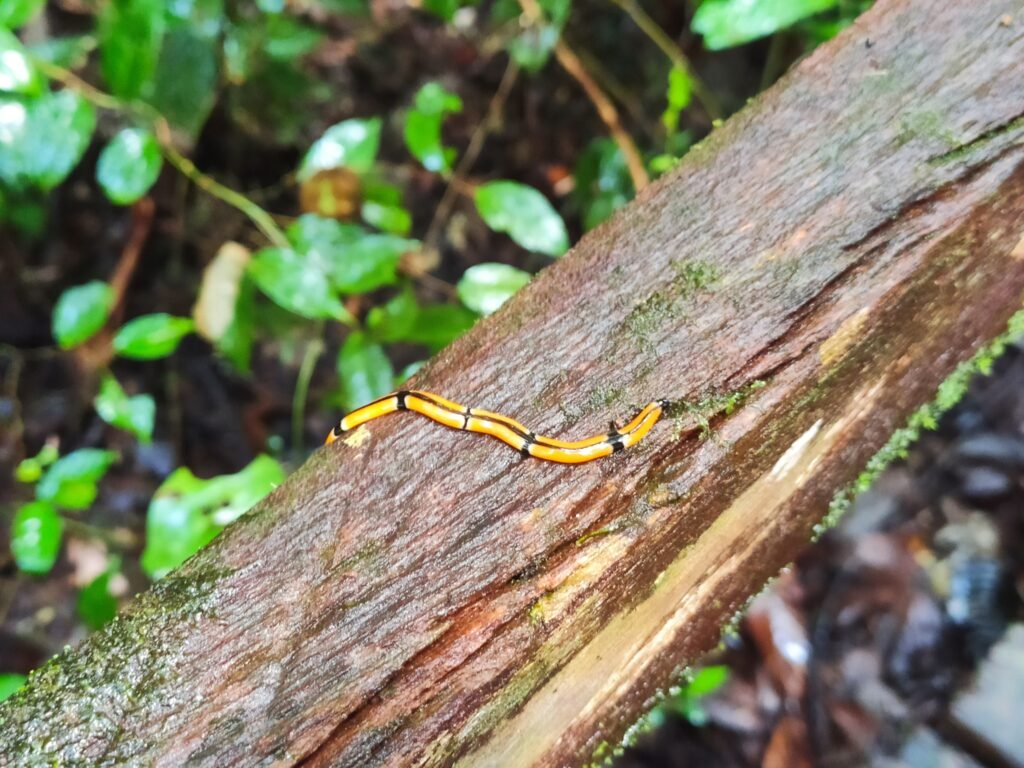
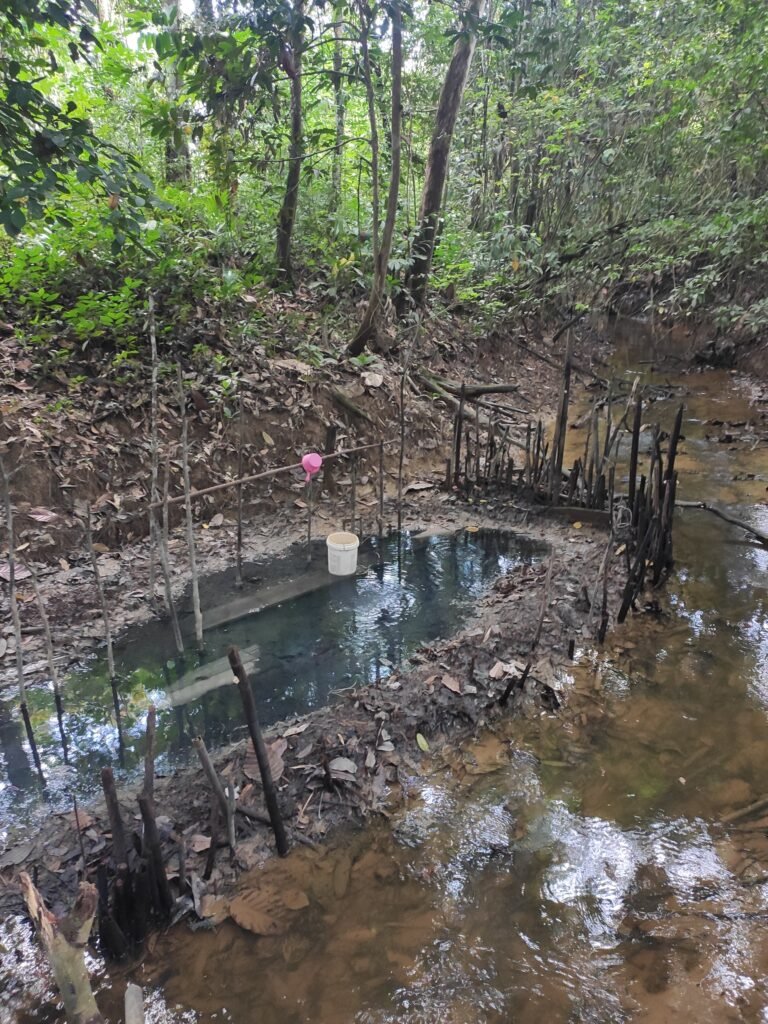
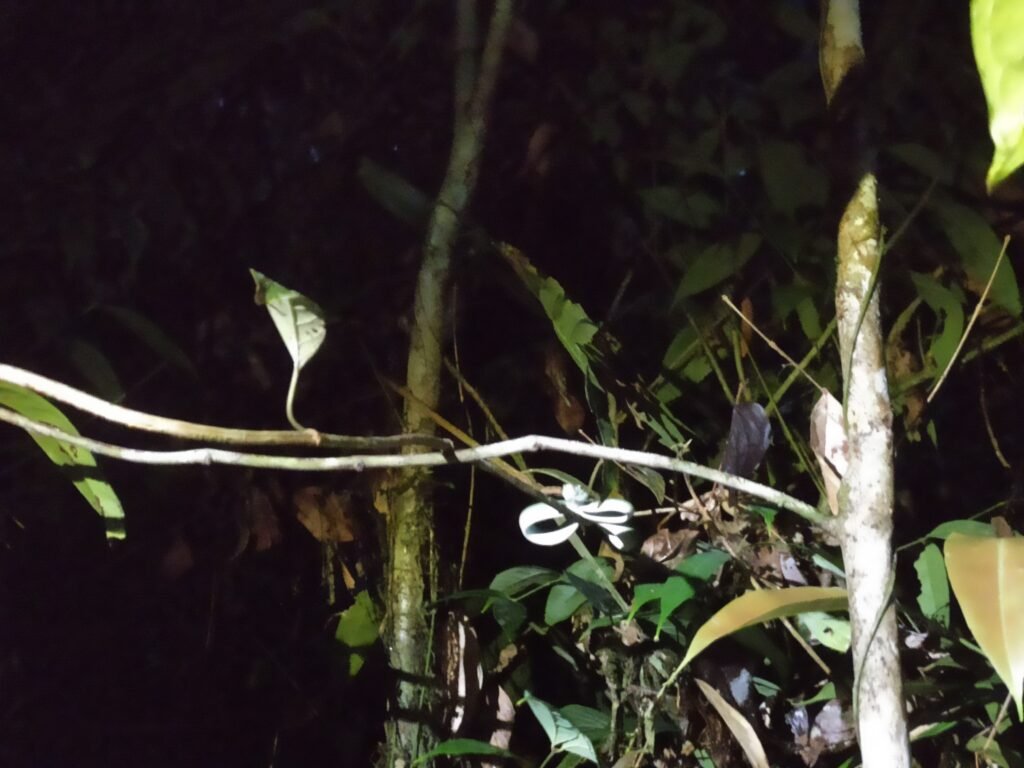
For travellers who do not plan to work there, I’d recommend staying for a shorter period of time though. Unless you plan to go on a multiday hike or do some adventure caves, about 3 days is more than enough to explore the national park.
Would you like to explore the primary rainforest of Borneo? Would you stay in an authentic hotel like Mulu village or go for the luxurious Marriot? Would you flee civilisation completely and go for a multiday hike into the depths of the national park? Let me know in the comments below!
xxx